The agricultural landscape is undergoing a quiet revolution as drone pollination hubs emerge as a viable solution to the global decline in natural pollinators. These mechanized bee swarms, equipped with precision pollen dispersal systems, are redefining crop management by combining robotics, artificial intelligence, and ecological sensitivity. Unlike traditional farming drones that simply monitor fields, these specialized units physically interact with blossoms using microfiber brushes or electrostatic adhesion mechanisms—mimicking the delicate dance of honeybees with startling accuracy.
At the heart of this innovation lies adaptive swarm intelligence. Individual drone pollinators communicate through mesh networks, dynamically adjusting flight patterns based on real-time floral mapping data. Researchers at Wageningen University recently documented a 78% success rate in almond orchard trials, where drone swarms not only matched natural pollination yields but identified under-pollinated trees through multispectral imaging. "The system learns," explains lead researcher Dr. Elara Voss. "After three flowering cycles, our models show pollination efficiency surpassing managed honeybee hives during poor weather conditions."
The technology faces skepticism from traditionalists who question whether mechanical pollinators can replicate the nuanced biodiversity benefits of living ecosystems. However, proponents highlight unexpected advantages: zero pesticide sensitivity, 24/7 operation during critical flowering windows, and the ability to service vertical farms where bees struggle to navigate. A joint venture between Sony and Bayer has even developed pollen drones weighing less than 2 grams—lighter than an actual bee—with vibrating wings that stimulate pollen release without damaging delicate stamens.
Logistical challenges persist, particularly around energy autonomy. Current models require solar-powered docking stations every 20 acres, creating a grid of "pollination hubs" that double as data collection nodes. These stations analyze pollen diversity, track plant health metrics, and even predict yield outcomes weeks before manual scouts could detect patterns. In California's Central Valley, early adopters report 30% reductions in water usage—a side benefit of the drones' precision irrigation mapping capabilities.
Ethical considerations loom large as the technology scales. Should drone pollinators carry genetically modified pollen across organic fields? Who owns the proprietary pollination data collected by these systems? The EU's Agricultural Robotics Task Force recently mandated pollen source transparency protocols, requiring operators to log all pollen depot locations—a regulatory framework other regions are closely monitoring.
Beyond commercial agriculture, conservationists are testing smaller drone swarms to rehabilitate endangered plant species. In Hawaii, micro-drones equipped with species-specific pollen have successfully pollinated rare silversword plants at elevations too unstable for human access. This dual application—boosting food security while preserving biodiversity—suggests drone pollinators may become as vital to ecosystem management as they are to crop yields.
The economic calculus is shifting rapidly. While a single pollination drone costs approximately $150, the swarm effect creates surprising efficiencies. MIT's 2023 ag-tech report calculated that a 500-drone fleet could service 10,000 acres at roughly 60% of conventional apiary rental costs—with no risk of colony collapse disorder. As battery technologies improve, some analysts predict fully autonomous pollinator swarms becoming standard equipment on midsize farms by 2028.
Farmers aren't just passive adopters—they're co-developers. In Japan's Aichi Prefecture, strawberry growers worked with engineers to create drones that pollinate while simultaneously applying beneficial fungi to prevent botrytis. This multifunctional approach is spreading, with prototypes now capable of delivering micronutrients or pheromone-based pest controls during pollination runs. The lines between pollinator, monitor, and treatment applicator are blurring in ways that could fundamentally reshape integrated pest management strategies.
Critically, these systems aren't positioned as bee replacements but as reinforcements. During California's recent drought, drone swarms supplemented struggling native pollinators during critical almond blooms without displacing them. "Think of it as assistive technology for entire ecosystems," suggests Stanford ecologist Dr. Raj Patel. "The goal isn't mechanization of nature, but creating resilience buffers as we work to restore balanced pollinator habitats."
As the technology matures, unexpected cultural dimensions emerge. Vineyards in Bordeaux have started branding wines as "drone-pollinated" as a climate adaptation badge, while artists collaborate with engineers to create pollination drone ballets that visualize data flows across farmland. This intersection of practicality and poetry hints at how deeply such systems may become woven into our agricultural consciousness—not as cold machines, but as active participants in the ancient ritual of cultivation.
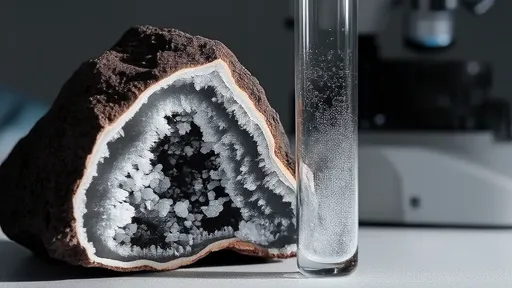
By /Jul 18, 2025

By /Jul 18, 2025

By /Jul 18, 2025
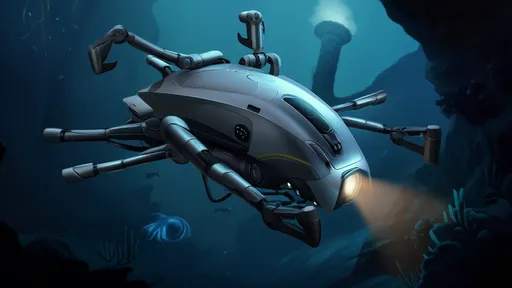
By /Jul 18, 2025
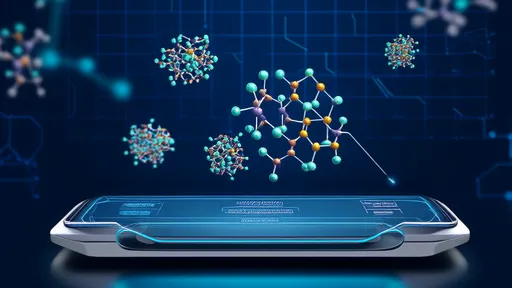
By /Jul 18, 2025
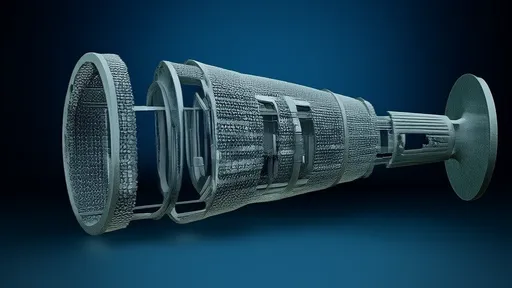
By /Jul 18, 2025

By /Jul 18, 2025

By /Jul 18, 2025
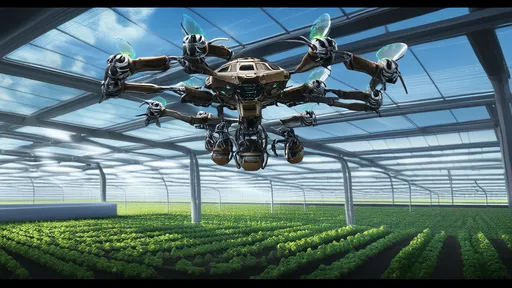
By /Jul 18, 2025
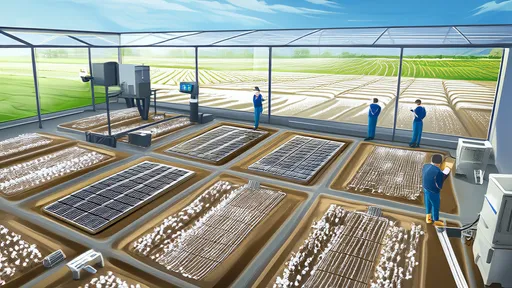
By /Jul 18, 2025
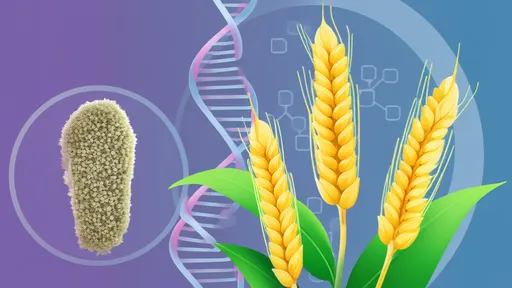
By /Jul 18, 2025
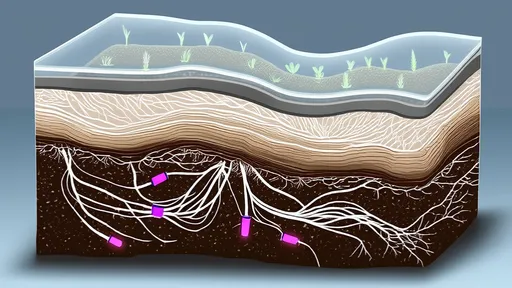
By /Jul 18, 2025

By /Jul 18, 2025
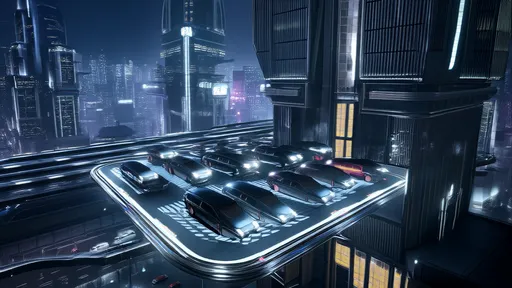
By /Jul 18, 2025

By /Jul 18, 2025

By /Jul 18, 2025

By /Jul 18, 2025
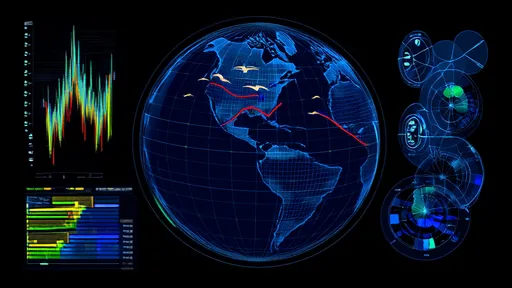
By /Jul 18, 2025